Search Results for 'James Hardiman'
27 results found.
James Hardiman, historian
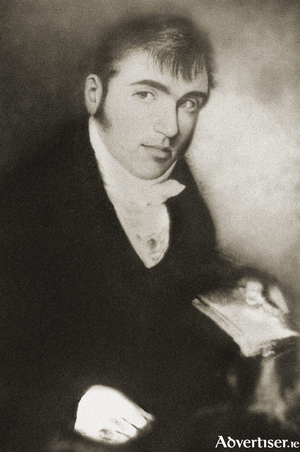
James Hardiman, who wrote the history of Galway, died on this day, November 13, 1855. He was born in Westport in 1782, the son of Tomás Ó hArgadáin and Marcella Hall. Irish was his first language. The family moved to Galway where his father had a ‘small but respectable shop’. He had hoped to study for the priesthood but he had to give up that idea when he lost his right eye in an accident. He studied law instead in the King’s Inns in 1804, became a solicitor in 1814 and worked in the Public Records Office from 1811-1830.
The turf market

James Hardiman, in his history of Galway lists the fuels available in Galway long ago as coal, turf and bog deal. Bog deal was mostly the roots of trees that had been grown over by the bog over the centuries. It was regarded as a nuisance by the turf cutter who likes nice clean lines as he used his sleán. The turf men usually threw this timber up on top of the bog. It gave out a lot of sparkle, like a mini firework, while it burned in the grate.
Ssssssh, University of Galway announces new Librarian
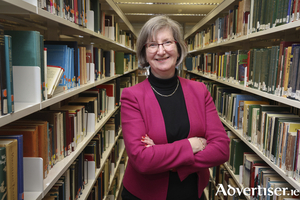
University of Galway has announced the appointment of Monica Crump as University Librarian. Ms Crump becomes the 12th Librarian in the University’s history dating back to 1845.
The King of the Claddagh

James Hardiman, the Galway historian, wrote the following in 1820, “This colony has from time immemorial been ruled by one of their own body, periodically elected. This individual, who is dignified with the title of Mayor, in imitation of the head municipal officer of the town, regulates the community according to their own peculiar laws and customs, and settles all their fishery disputes. His decisions are so decisive, and much respected that the parties are seldom known to carry their differences before a legal tribunal, or to trouble the legal magistrates”.
St Augustine’s Fort/Forthill
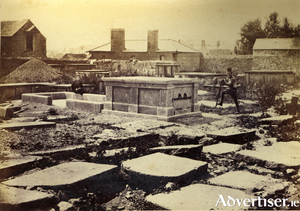
The site of the Augustinian House when the order first came to Galway in 1508 was on the hill we know as Forthill today. Margaret Athy, the wife of the Mayor Stephen Lynch, invited them and she built a church and steeple there too. Her husband was away in Spain and got a shock when he returned to see the finished new building on the hill. The friars moved into a house within the walled city but their church was still between the city and the bay.
Joe Young’s aerated waters
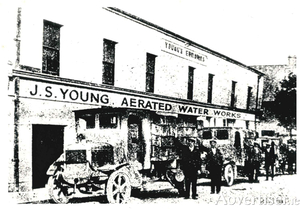
Joseph Young was appointed manager of Messrs Thomas Tracey’s Mineral Water Works and Licensed Premises in Mary Street after the death of Thomas Tracey. He later married the niece of Mrs Tracey, Miss Edith O’Connor of Clifden, and Mrs Tracey signed over the works to Joe Young on the marriage.
Cloaks in old Galway
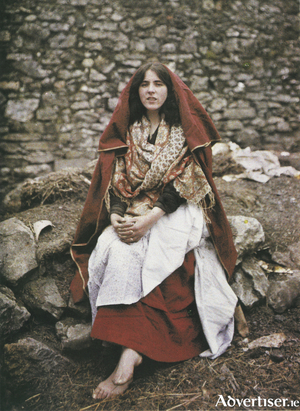
The Irish cloak was a standard 19th century garment worn by women all over the country. It is described as a sleeveless garment reaching to the ankles, open in front and fastened with a hook-and-eye or with ribbons. One width of material goes into the back and a half width into each side. On the shoulder, the material is tightly gauged, and attached to the back of the neck is a large hood which hangs down the back when not in use. The hood, which is lined with satin, silk, or sateen, is made of a rectangular piece of material drawn into pleats at the back. It was constantly used when the cloak was worn, even on hot days, when the hood could be drawn to shield the eyes of the wearer from the sun. The cloak formed very graceful drapery, fell well and folded well, was very elegant and usually large enough to envelop the whole person.
‘For the first time ever I felt fear in the theatre’

‘After a pantomime rehearsal one year I was asked to lock up as the director was in a hurry. A young lady asked me to allow her stay another while in the old Green Room to finish her costume. I reluctantly agreed, telling her to make sure that the lights and heaters were off before she left.
Loyalist Billy Hutchinson to read at Over The Edge

LOYALIST BILLY Hutchinson, a Belfast city councillor, will be among the readers at the Over The Edge annual non-fiction special on Thursday October 28 at 6.30pm.


